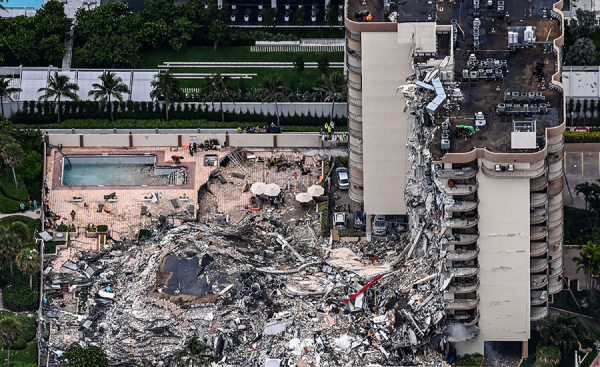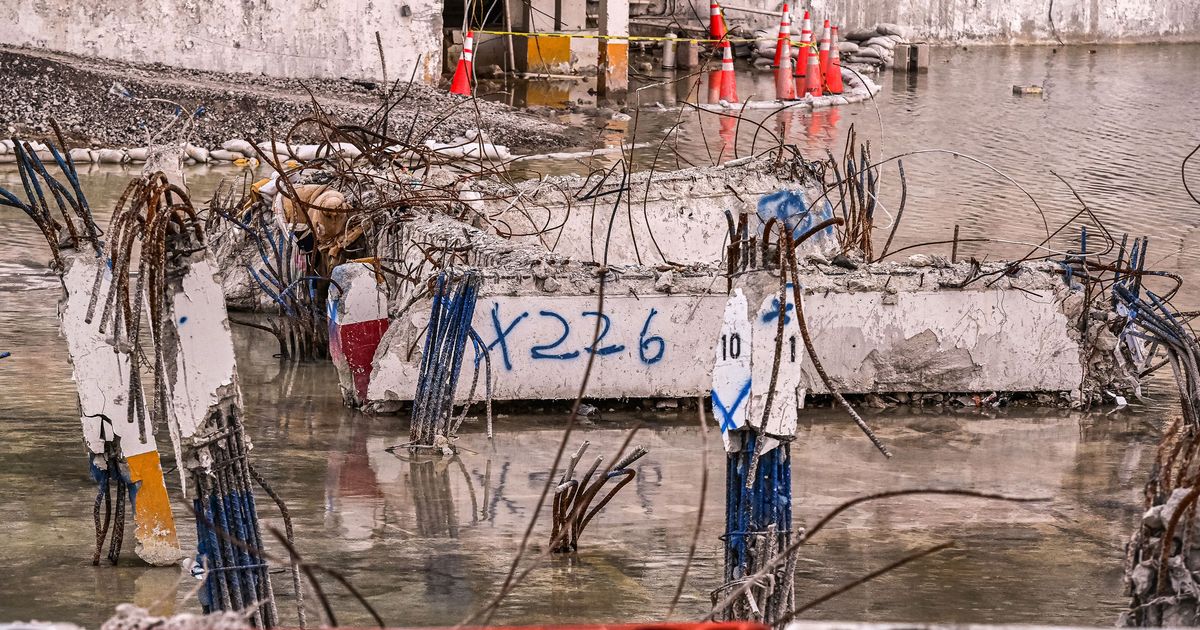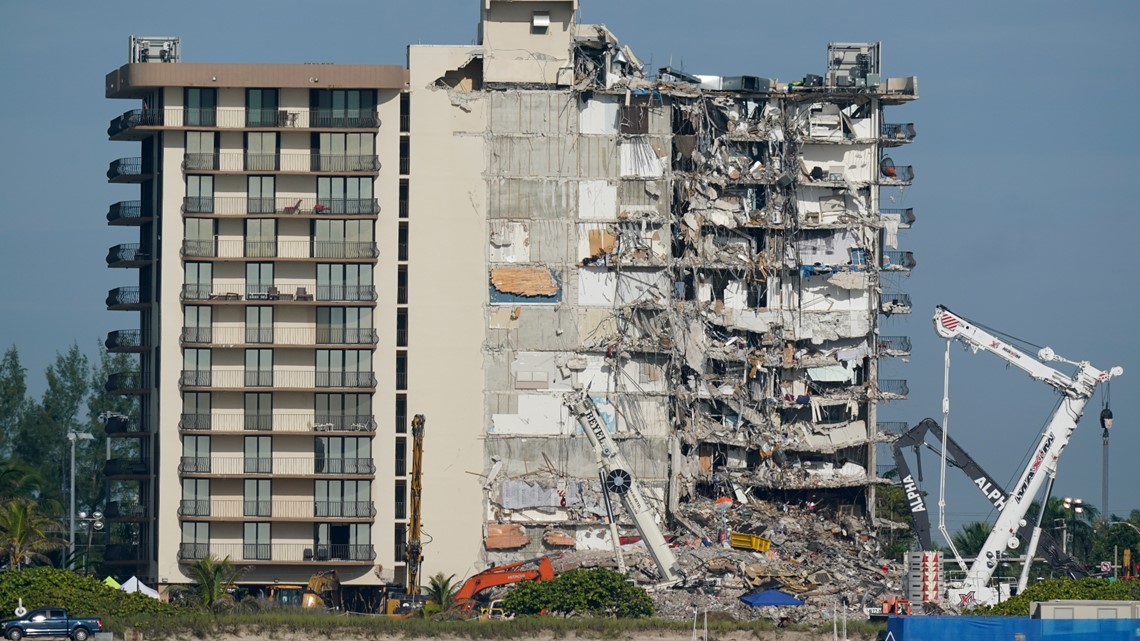Families of the 98 people who died in the collapse of Champlain Towers South in June 2021 found out Thursday they will now have to wait at least another 19 months for answers from the federal government as to what caused the disaster.

www.nbcmiami.com
Setbacks in federal investigation delay answers in Champlain Towers collapse by another year
Families of the 98 people who died in the collapse of Champlain Towers South in June 2021 found out Thursday they will now have to wait at least another 19 months for answers from the federal government as to what caused the disaster.
Investigators with the National Institute of Standards and Technology announced the “unfortunate” 11-month delay from their previous schedule during an overview and update they provided to the National Construction Safety Team Advisory Committee outside Washington, DC.
After spending $32.6 million over more than three years, NIST said “difficulties and setbacks” require them to add nearly a year to their schedule before a report will be issued for public consumption in April 2026 – and that assumes no more problems or “surprises.”
“Unfortunately, we have faced technical and programmatic delays that have caused us to adjust our timeline,” said lead investigator Judith Mitrani-Reiser. “We will issue our report for public comment as soon as the science permits, and we will continue keeping communities in Surfside and Miami-Dade County informed of our progress.”
Glenn Bell, the associate lead investigator, detailed some “challenges” causing the delay, but withheld certain information discovered in the testing of columns that has altered the team’s view of their role in the failure, saying it was premature to announce that publicly.
He did cite difficulties their testing contractor has had trying to replicate the slab-column connections that existed when the pool deck collapsed, followed minutes later by most of the condominium’s units tumbling or pancaking onto lower levels.
They were unable to produce “specimens that are replicas as close as possible to what existed at CTS,” Bell said, citing problems duplicating the concrete strength, dimensions, tolerances and flatness. Plus there were “challenges with mixing and placing that led to some consolidation problems,” Bell said.
“The CTS program has had difficulties and setbacks,” Bell said, noting its testing contractor had to bring in extra help. “We’ve had to pause on occasions to reflect on the challenges, and to take corrective actions, bring in new expertise, modify our processes, but we’re on track now.”
“As we peel back more layers of the onion, new realizations appear that must be pursued,” Bell said, citing “surprises” such as a sample of concrete from a piling that could withstand only 1,700 pounds per square inch (PSI) of load, far below the minimum standard of 3,000 PSI.










